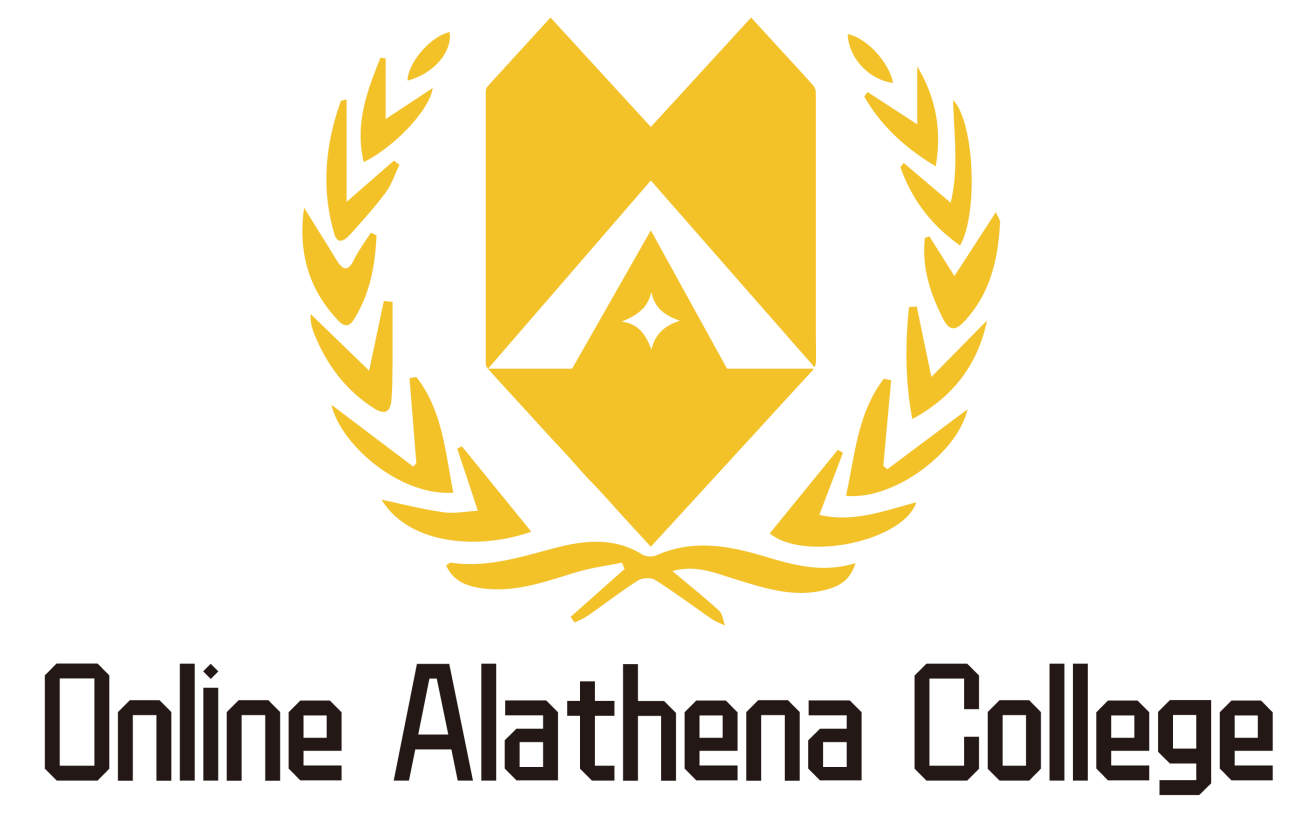MCF3M
course features
GRADE 11 FUNCTIONS AND APPLICATIONS
Write your awesome label here.
Course Code
MCF3M
Level
Study time
110 hours
Credit Value
Prerequisites:
MPM2D, Grade 10 Principles of Mathematics or MFM2P, Grade 10 Foundations of Mathematics
Curriculum policy
The Ontario Curriculum, Mathematics, Grades 11 & 12, 2007 (Revised)
Course Description
This course introduces the mathematical concept of the function by extending students’ experiences with quadratic
relations. It focuses on quadratic, trigonometric, and exponential functions and their use in modelling real-world
situations. Students will represent functions numerically, graphically, and algebraically; simplify expressions; solve
equations; and solve problems relating to applications. Students will reason mathematically and communicate their
thinking as they solve multi-step problems.
UNIT 1: QUADRATIC FUNCTIONS
Students will explore what the difference between a function and a relation is. They will learn how to
express the details of a function such as domain and range. They will learn to apply these terms on
different functions such as linear, quadratic, and radical. They will also learn how to determine the numeric
or graphical representation of the inverse of a linear or quadratic function, given the numeric, graphical, or
algebraic representation of the function.
UNIT 2: EXPONENTIAL FUNCTIONS
Students will learn how to express an exponential function. They will investigate it using a variety of tools and strategies that they used to express functions
that they learned in the past. They will explore different types of exponential functions and make
connection through graphing and transformation, also identify exponential functions. An emphasis will be
made to expose students to real world applications of growth and decay.
UNIT 3: TRIGONOMETRIC FUNCTIONS
Students will extend their knowledge about trigonometric functions through describing key properties of periodic functions arising from real-world applications, given a numeric or
graphical representation and making connections between the sine and cosine function and the unit circle
with or without technology.
UNIT 4: FINANCIAL APPLICATIONS AND REVIEW
In this unit, students will pose problems involving right triangles and oblique triangles in two dimensional
settings/three-dimensional settings, and solve these and other such problems using the
primary trigonometric ratios, the cosine law, and the sine law.
Overall Curriculum Expectations
A. CHARACTERISTICS OF FUNCTIONS
- A1. demonstrate an understanding of functions, their representations, and their inverses, and make connections between the algebraic and graphical representations of functions using transformations;
- A2. determine the zeros and the maximum or minimum of a quadratic function, and solve problems involving quadratic functions, including problems arising from real-world applications;
- A3. demonstrate an understanding of equivalence as it relates to simplifying polynomial, radical, and rational expressions.
B. EXPONENTIAL FUNCTIONS
- B1. evaluate powers with rational exponents, simplify expressions containing exponents, and describe properties of exponential functions represented in a variety of ways;
- B2. make connections between the numeric, graphical, and algebraic representations of exponential functions;
- B3. identify and represent exponential functions, and solve problems involving exponential functions, including problems arising from real-world applications.
C. DISCRETE FUNCTIONS
- C1. demonstrate an understanding of recursive sequences, represent recursive sequences in a variety of ways, and make connections to Pascal’s triangle;
- C2. demonstrate an understanding of the relationships involved in arithmetic and geometric sequences and series, and solve related problems;
- C3. make connections between sequences, series, and financial applications, and solve problems involving compound interest and ordinary annuities.
D. TRIGONOMETRIC FUNCTIONS
- D1. determine the values of the trigonometric ratios for angles less than 360º; prove simple trigonometric identities; and solve problems using the primary trigonometric ratios, the sine law, and the cosine law;
- D2. demonstrate an understanding of periodic relationships and sinusoidal functions, and make connections between the numeric, graphical, and algebraic representations of sinusoidal functions;
- D3. identify and represent sinusoidal functions, and solve problems involving sinusoidal functions, including problems arising from real-world applications.

